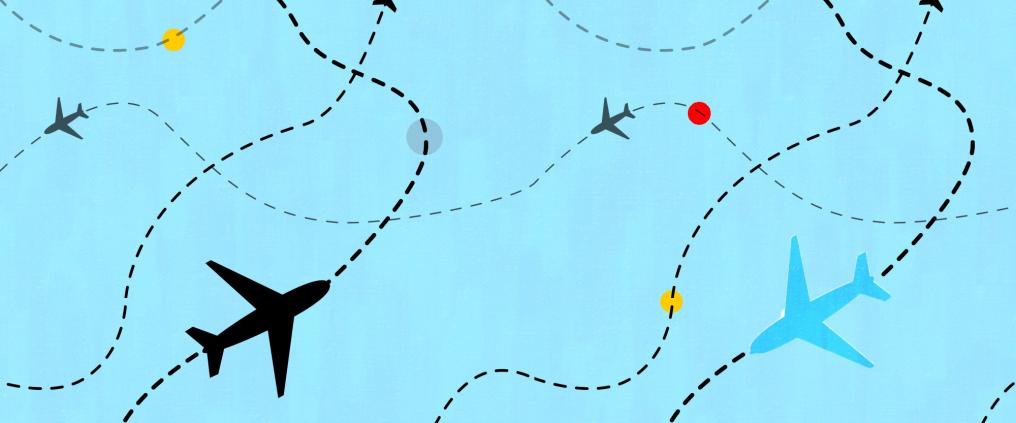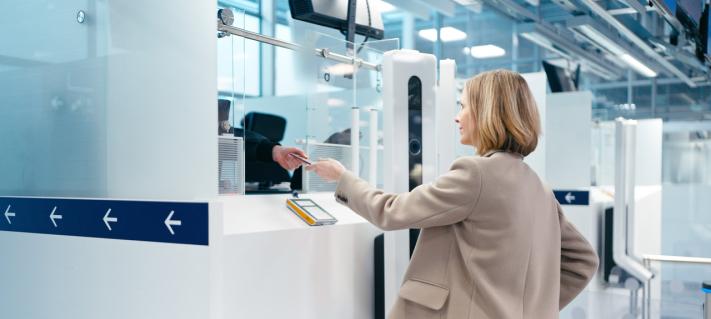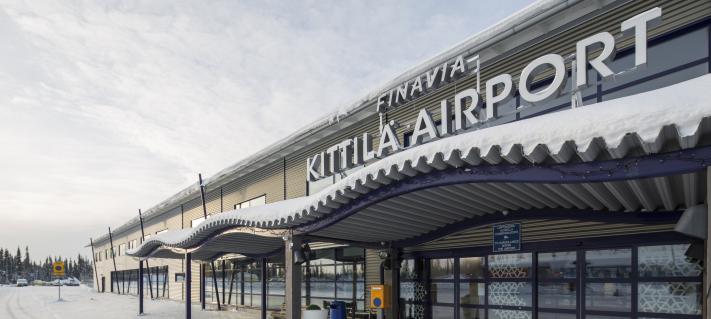In principle, you could fly directly from Helsinki Airport to Luxembourg, for example. There is no such route, however – and it's not likely there will ever be.
When airlines plan their flight connections and destinations, the first factor to consider is the number of potential passengers – either those who remain at the destination or transfer to another flight there. If the passenger numbers are not high enough, no flight connection will be offered.
The main issue is the attractiveness and reachability of destinations, as well as the possibilities for further travel connections.
Another aspect to bear in mind is the competition and established collaborations between airlines, and airline profiling is important too.
The significance of airports is increasing continuously. A good level of services, efficient functions, and standing out among other airports are examples of goals included in Helsinki Airport's development programme.
Opening a new route takes years
Airlines plan their routes and map new destinations with a long-term approach.
'The demand – or airport or city brands – cannot be created in a moment. Some airlines even apply a 5- to 10-year planning perspective', explains Joni Sundelin, Senior Vice President at Finavia.
The actual negotiation stage usually takes anything from six months to a couple of years and includes several meetings with the involved parties.
'On the other hand, airlines can discontinue unprofitable routes very quickly at times', Sundelin continues.
Negotiations are based on analytics
For Finavia, air traffic can be divided into three main groups: flights arriving to and departing from Finland, and transfer traffic.
Finavia has taken a more active role in the development and marketing of Finnish airports, as well as in the marketing of Finnish travel destinations. Among other things, it has developed analytics to use as a reliable basis in negotiations with airlines.
When an airline decides to start flying to Finland or to expand their selection of Finnish destinations, Finavia's number one task is to ensure the level of operations and services.
Finavia supports the marketing of routes and takes part in joint marketing initiatives with the airline. For airlines opening new routes, Finavia offers support in the form of discounts on the landing and passenger fees, for instance.
'I believe the competition for new destinations and routes is set to continue increasing. For us, however, this trend helps us develop our operations and look for new cooperation opportunities with airlines', Sundelin points out.
Helsinki Airport is one of Europe's most affordable airports



